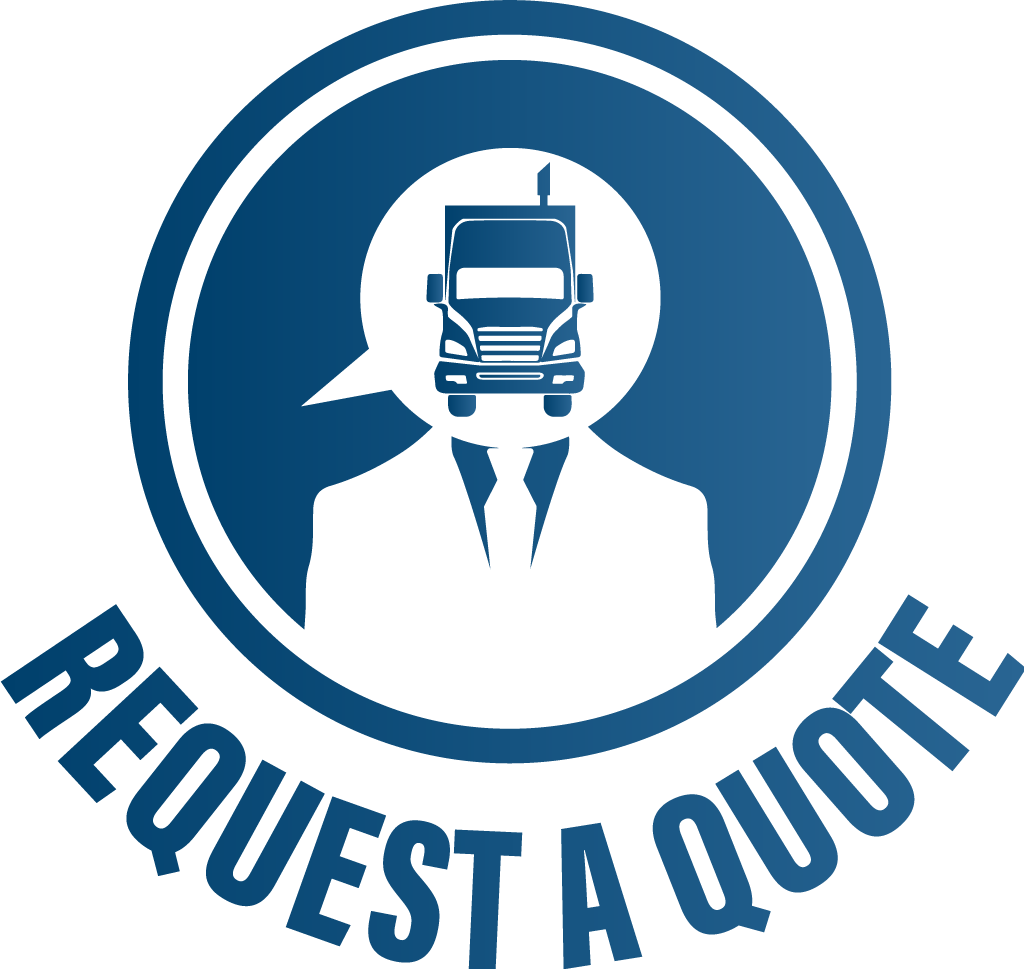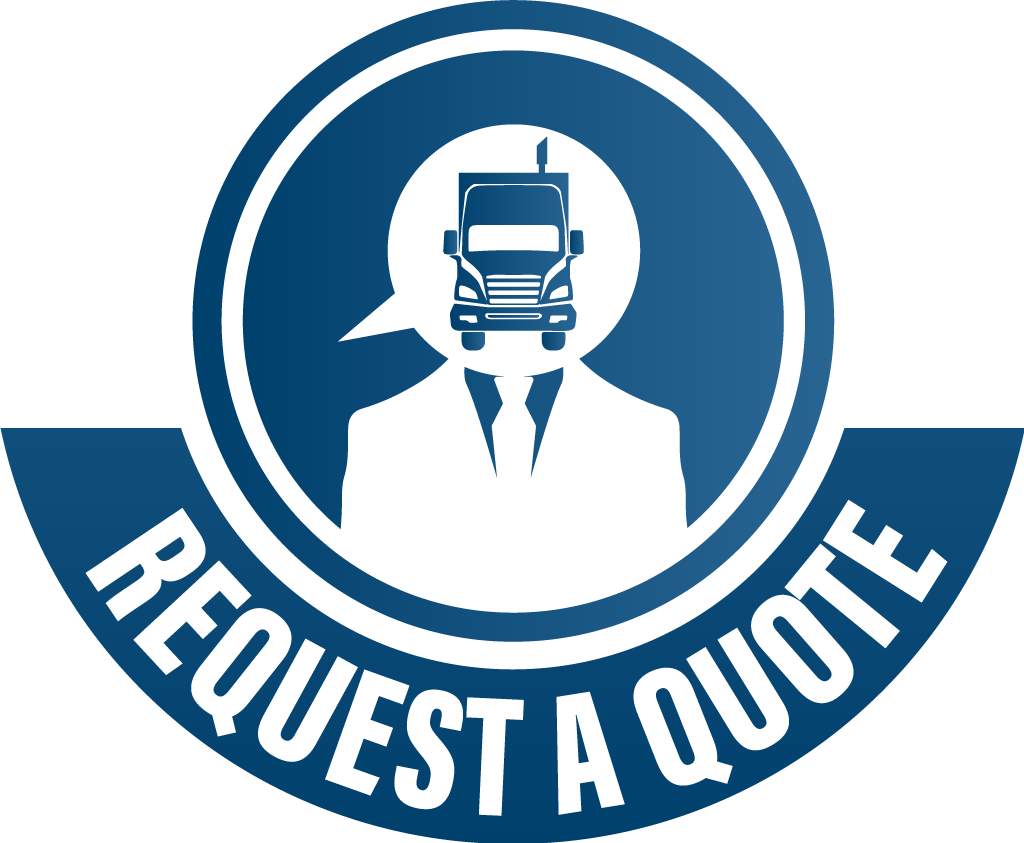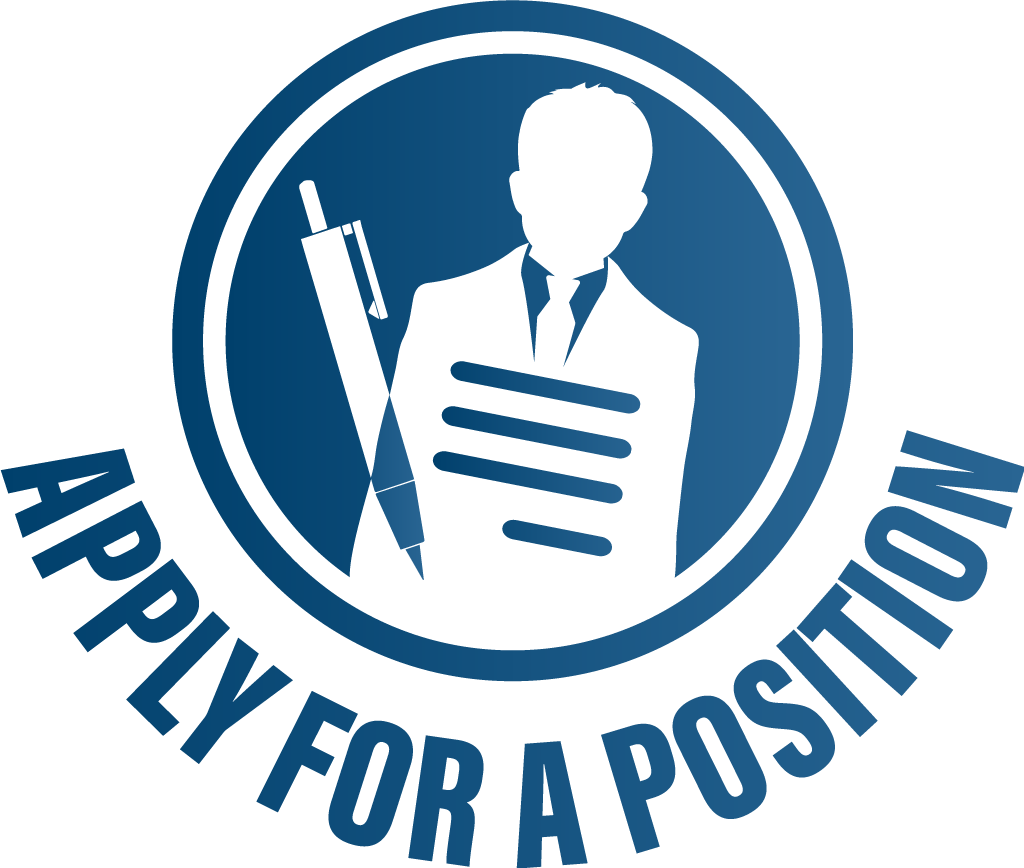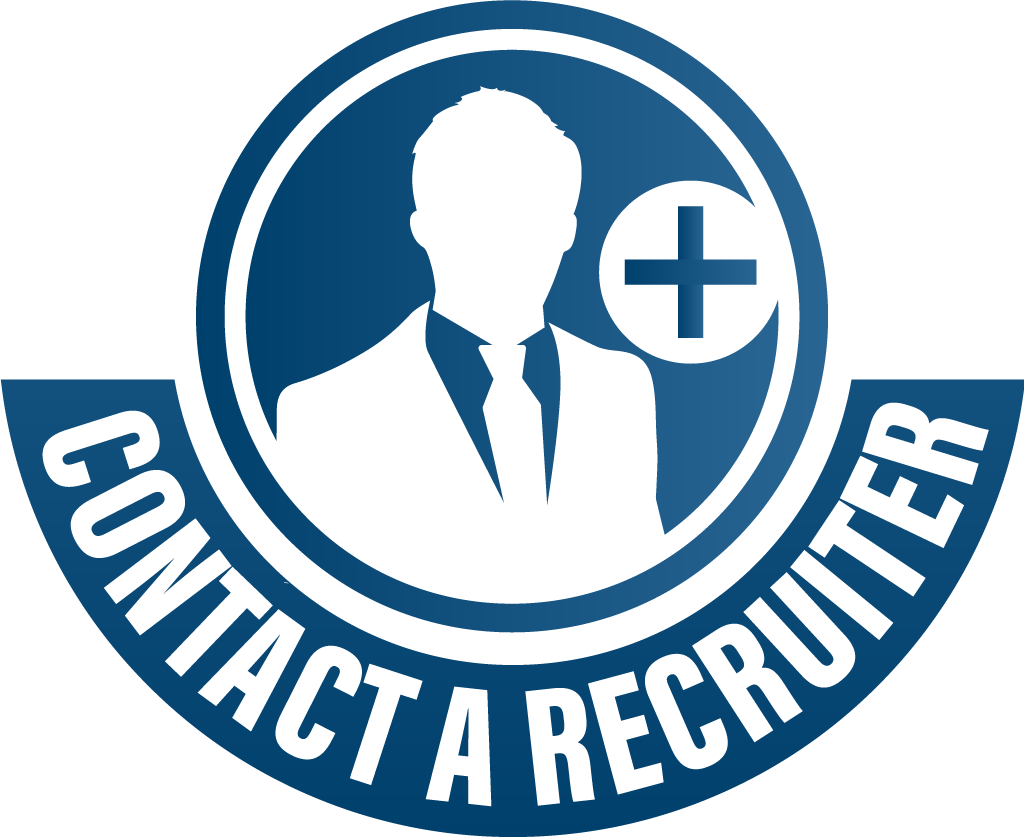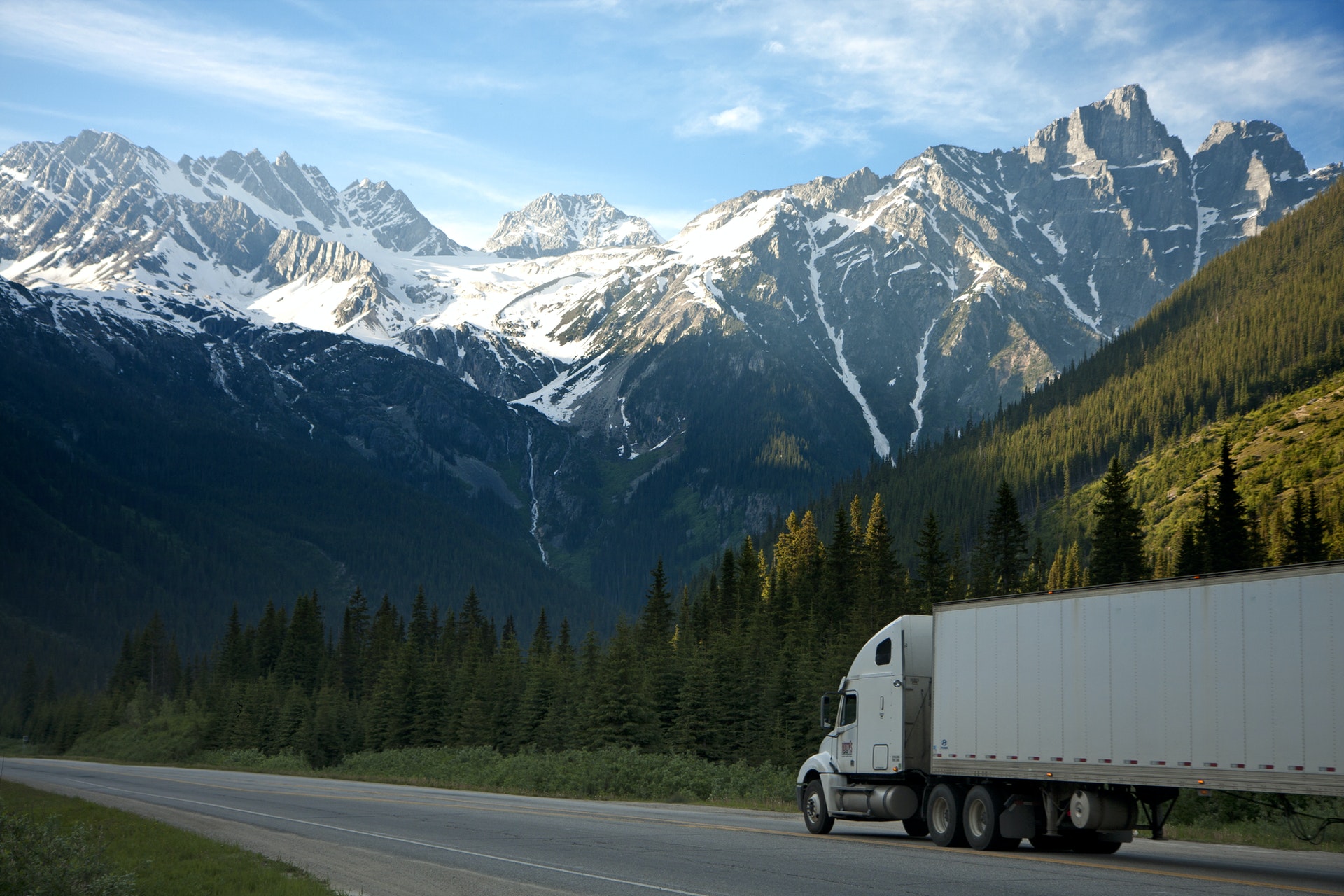
07/30/2020
As the coronavirus pandemic took hold, it affected our day-to-day lives, and the restrictions certainly affected the economy and the existence of numerous individuals. The U.S. unemployment rate surged to 14.7% in April but has since eased somewhat to 11.1% by June, according to the Bureau of Labor Statistics. That being said, it seems that we are somehow getting used to our new reality, and doing whatever we can, especially in the trucking industry.
Through it all, truckers, our heroes of the road, had the most important role – to maintain a healthy supply bloodline across the country. Even so, some sectors suffered more than others, resulting in either changing lanes sector-wise, or furloughing drivers.
“There was a smaller pool of companies actually continuing to hire, and, yes, with the furloughs that took place, there was a slightly larger pool of applicants looking for their next opportunity,” said Deen Albert, vice president of operations at the Grand Island, Nebraska-based (read the full article here).
Among the ones which continued to hire, MDS Trucking V remained true to its saying: We are always looking for good drivers! And that was also how the bigger carriers were thinking and remained open for the good drivers, that ended up jobless as a result of furloughs. As we’re getting back on track, after the shutdown orders have been lifted, the industry has been experiencing volumes even higher than expected.
Despite Everything - Freight Volumes Hold
Load posts have been climbing, with most weeks since mid-May, which is in tune with data from the American Trucking Association released this week, that showed freight tonnage up 8.7% in June from May.
However, the loads have shifted from one sector to another. The service sector - restaurants, concerts, sports, movie theaters - has been hit hard by the pandemic, and, naturally not being big on freight demand, they haven’t contributed significantly in suppressing freight volumes.
Carriers which had been moving inbound and outbound manufacturing loads may end up switching to another lane and to other shippers, as industrials have yet to fully recover. They are coming back, however, the main volume surge is coming through retail, says Chris Caplice, executive director of MIT’s Center for Transportation and Logistics and chief scientist at DAT.
According to him, net freight volume hasn’t climbed above pre-pandemic levels. It’s simply shifted. Because of demand for lumber and other home improvement materials, flatbeds are mostly loaded, and shippers are working short-term bids to lock in trucking capacity. Even though this trend would hopefully continue, larger carriers are reluctant to enter into longer-term contracts, being skeptic to the fact that volume distribution can shift unexpectedly and to the opposing opinion that freight demand will settle through the following months and slow down until holidays. You can find out more about this topic here.
Furthermore, the pandemic has made picking up and delivering freight easier because there is less contact, which means – more efficient load handling. To prove that, U.S. Xpress has removed more than 6 million touchpoints and improved on-time performance by 10%, Kendra Patton said.
While Expecting Better 2021 Our Hopes Are Up…
During the shutdown orders and after they’ve been lifted, adjustments had to be made. Everything from personal hygiene, to overall sanitation, maintaining social distancing has left its mark on our everyday life and work.
Many companies left only a “skeleton” crew at their offices, moving the rest of the operation to their homes and online. During this period the thing that got most affected was hiring new drivers. Companies are doing the best they can to hire new drivers, however, the most challenging thing to overcome are entry-level hires (with less than 1 year of experience).
The main concern here is safety and assisting them properly through additional training. Even so, companies are doing what they can from the first and second interview being online, to establishing online hubs and hotlines that can help them, when that’s necessary. Also, bigger carriers are pointing that with face-to-face interaction brought down to its necessary minimum, new drivers cannot really get the sense of the company’s culture.
The uncertainty which comes from the effects of the pandemic is a serious issue as well. Not only that the fear of coronavirus is constantly around, whenever we clean our hands put our masks on, clean our equipment, and so on, but it also creates a fear of losing a job – as many others already have. That’s something that has been recognized, therefore, companies are over-communicating with drivers to increase their comfort level during the pandemic as a part of their communication campaign.
Despite the furloughs and even some carrier closings, the industry has sought to put new drivers in trucks now that freight is moving and rates improve. Meanwhile, COVID-19 has caused delays in drivers obtaining their CDLs due to DMV closings and driver testing sites being temporarily closed. As a reaction, Don Lefeve, president of the Commercial Vehicle Training Association, helped to ensure that truck driver training was on the Department of Homeland Security’s list of essential businesses. Lefeve says many schools applied for and received Payroll Protection Program funds.
That brings us some optimism because new drivers demand means that the industry is expected to fully function in the following period. If COVID-19 is controlled, the next year is expected to be much more stable for the trucking industry, and you can listen to why in a podcast by Dave Heller, the vice president for government affairs at the Truckload Carriers Association, here.
The more optimistic ones consider that despite all the challenges, the pandemic might actually help attract drivers to the industry.

